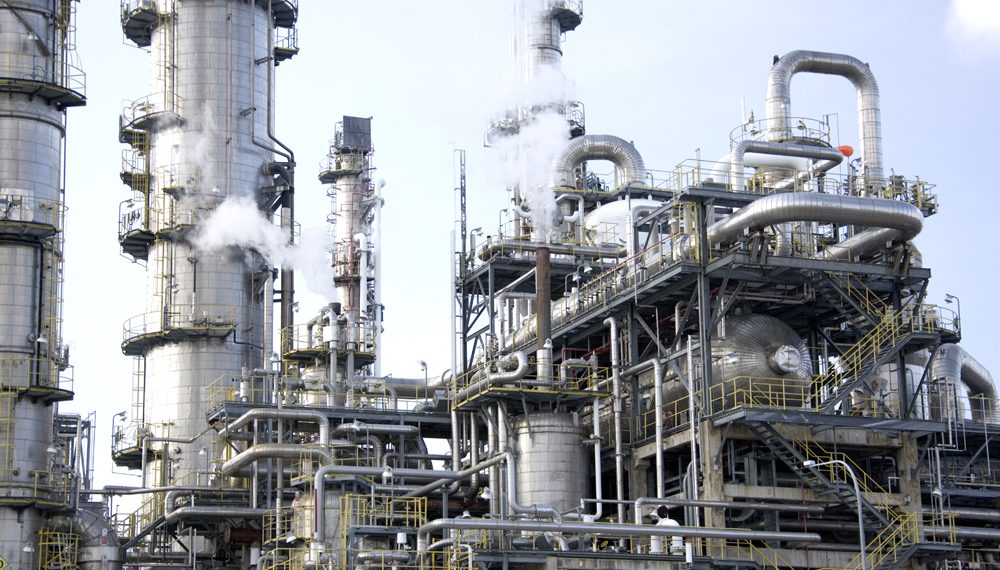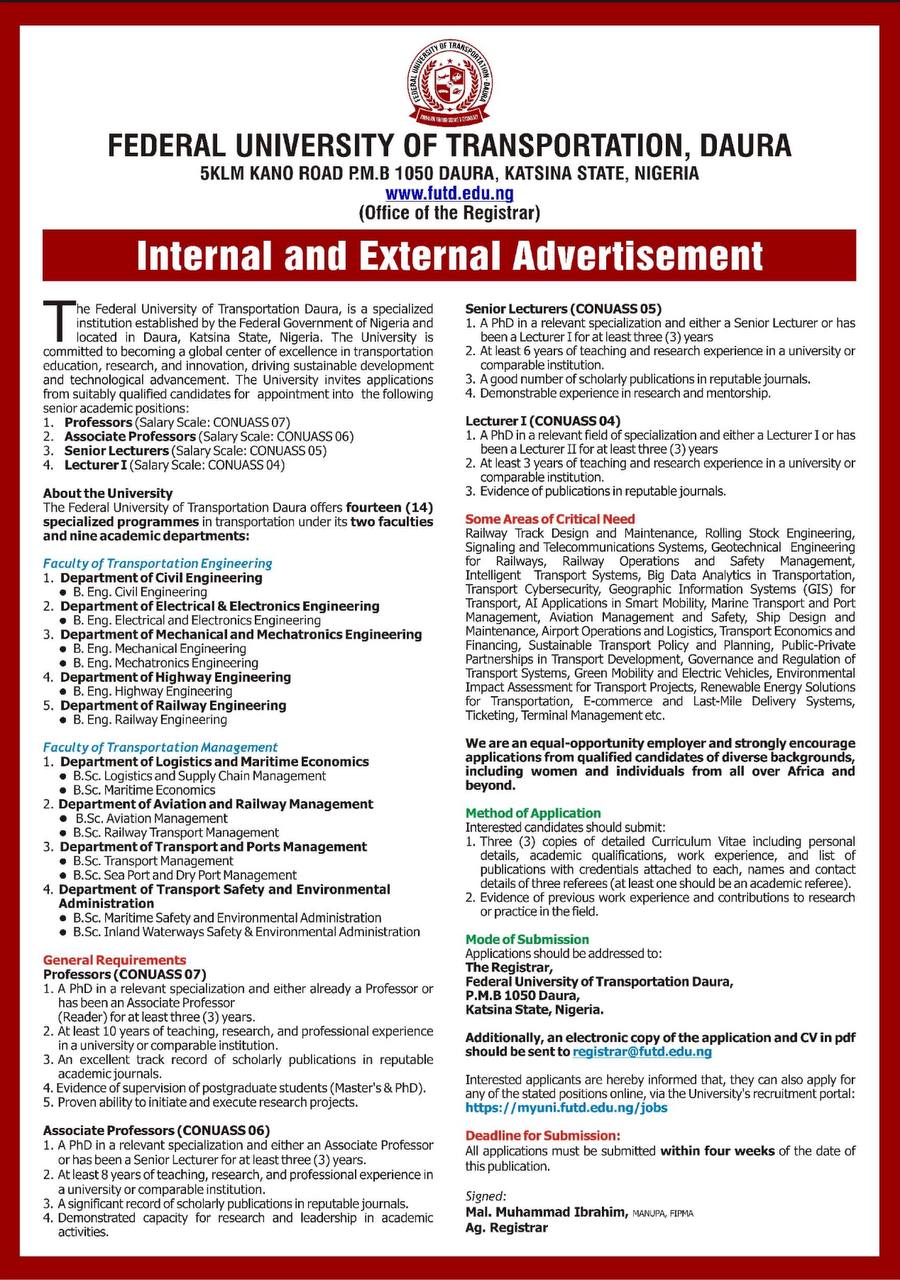The National Bureau of Statistics (NBS) has revealed that the debts owed by energy firms to Nigerian banks rose by N200bn to N5.85tn in the third quarter of this year.
The N5.85tn represents 29.44 per cent of the N19.87tn loans advanced to the private sector as of the end of September.
Oil and gas firms, which received the biggest share of the credit from the banks, increased their debt by N180bn to N5.12tn in Q3 from N4.94tn in Q2.
The total debt owed by power and energy firms to the banks rose to N732.68bn in Q3 from N712.93bn in the previous quarter, the NBS data showed.
The amount of non-performing loans in the oil and gas sector declined by N30.53bn to N238.26bn in Q3 from N268.79bn in Q2.
The bad loans recorded by banks in the power sector rose by 6.17 per cent to N32.71bn from N30.81bn.
A global credit rating agency, Fitch Ratings noted in a December 8 report that Nigerian bank asset quality had historically fallen with oil prices, with the oil sector representing 28 per cent of loans at the end of the first half of 2020.
It said the upstream and midstream segments (nearly seven per cent of gross loans) had been particularly affected by low oil prices and production cuts.
READ ALSO: Pipeline leakage: NNPC assures residents of safety
“However, the sector has performed better than expected since the start of the crisis, limiting the rise in credit losses this year due to a combination of debt relief afforded to customers, a stabilisation in oil prices, the hedging of financial exposures and the widespread restructuring of loans to the sector following the 2015 crisis,” it said.
The rating agency predicted that Nigerian bank asset quality would weaken over the next 12 to 18 months.
Fitch, however, forecasted that the average impaired loan ratio would range between 10 per cent and 12 per cent by the end of 2021 as these measures come to an end.
The Nigerian Electricity Regulatory Commission, in its latest quarterly report, said the financial viability and commercial performance of the Nigerian electricity supply industry continued to be a major challenge.
It said the liquidity challenge was partly due to the non-implementation of cost-reflective tariffs, high technical and commercial losses exacerbated by energy theft, and consumers’ apathy to payments under the widely prevailing practice of estimated billing.













